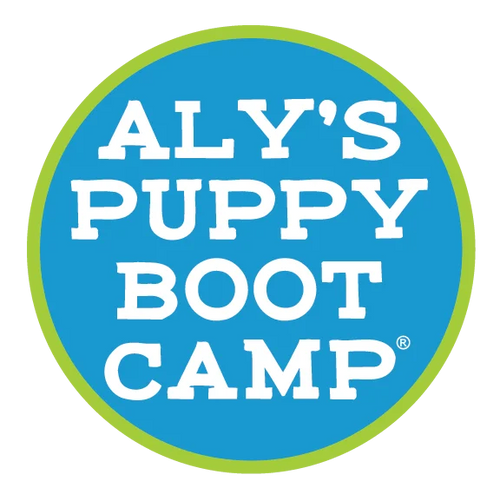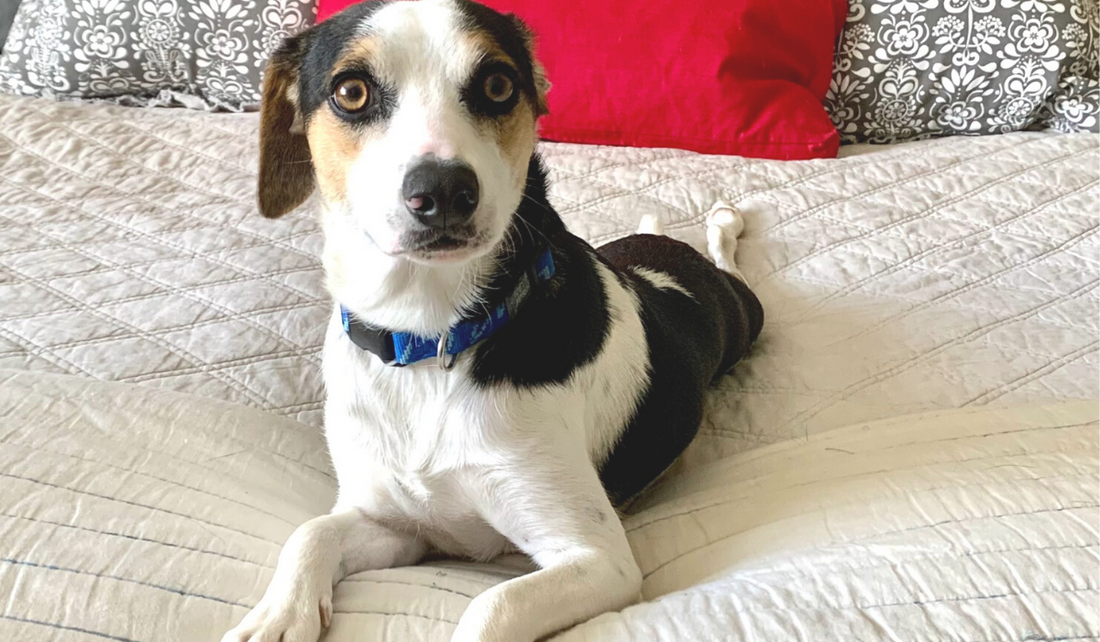Pillars of Pack Leadership: Pillar 2 Rituals
This is our second post focusing on the Pillars of Pack Leadership, if you missed Pillar 1 on Structure, go back and read it.
The second pillar of Aly’s Pillars of Pack Leadership focuses on RITUALS, going to the bathroom, feeding and bedtime.
Rituals are defined as “solemn ceremonies or actions performed in a customary way.”
He who controls the ritual, controls the status of the relationship.
Momma dogs had many conversations with her pups about when they would eat and stop eating, when they would sleep and wake up and when and where they would go potty. The reason these are so critical to your dog’s life and state of mind is that they represent the major naturally occurring activities in a dog’s daily life. He who controls the ritual, controls the status of the relationship.
Consistently ritualizing your main events, like when they feed, sleep and go to the bathroom, helps to keep your dog’s stress down.
These rituals help your pup to have a calm, accepting, and respectful attitude. These are also times to help; make yourself much more relevant to your dog. These major daily happenings comprise a big portion of daily life to your pooch, so you definitely want to be perceived as having some influence over them.
Feed-Time Rituals
Feed time is a ritual that allows you to give your dog another opportunity to “earn his keep,” so to speak. In the animal kingdom, animals have to work for their food. It’s up to us to create that same dynamic. Make sure your dog sits, politely pauses, and gives you a calm, accepting energy before you allow him to eat. He’s earned it. Remember, in a dog pack the leader tells the dogs when to start and when to stop, and respect of space is always part of the equation. We have to create that same environment!
I feed dogs in their crates. Crates are an absolute must for families with more than one dog or with children around. You eliminate any chance of food aggression and food guarding issues when you feed in crate. I use this method right at first with pups and particularly with overly excited or food-dominant dogs. Crates are your best friend when it comes to helping an excited dog learn how to exhibit impulse control. Feeding in crates also reinforces how awesome crates are for the dog. It’s their own comfy room with a stocked mini-bar…how much better does it get than that!
Remember, feed-time rituals are a time for you to establish order and appropriate balance in your relationship. Feed-time rituals begin and end with your influence. You say when it starts, and bowls come up when they are done. You ask for manners and only feed calm dogs. Do not panic if every morsel of food is not consumed at each meal. A healthy dog will not starve itself. Eventually, a dog adjusts to a work/eat/rest orderly schedule.
Feeding Ritual Benefits vs. Free feeding:
• You can easily monitor and regulate your dog’s weight.
• You will know right away if your dog is not feeling well, because you will notice if his eating intake suddenly changes.
• Feeding rituals help with potty training.
• Feeding rituals help maintain a dog’s food drive. Some dogs lose their food drive when food is available to them all the time.
Bedtime Rituals
The bedroom is a place for your dog…in the future. That kind of privilege needs to come when she has the maturity and impulse control to handle it. If you allow it too soon, she won’t handle it well when that privilege is removed for whatever reason. For now, bed is in her crate, in a quiet space in your home. You need to rest and not be disturbed at every sound. And she needs to be able to cry and not be exposed to your reaction to it. She needs the safety and security of her crate. She needs to rest. She is not mature enough to handle free-roaming of the home. Eventually, your room, when invited, will be a wonderful place of relaxing and lounging. I have found that if you crate for the first year, a dog is emotionally prepared to handle the privilege of sleeping with her person and keeping the relationship in balance. Too much too soon will make the little pooch feel too powerful in your relationship. You will have to determine what your dog can handle. However, crates, like dens in the natural world, are the most calming and safe place your friend can have during her rest times. I drape a towel or blanket over a crate to create a den feeling.
Potty Rituals
Remember, rituals are predictable activities that lessen stress and anxiety in your dog because he knows he can count on you. Even going potty is a ritual that does far more for your dog than merely potty training him. Potty mistakes are a result of too much freedom and lack of supervision and lack of appropriate confinement. Furthermore, punishing a potty accident actually increases their incidences. Accidents are not due to a dog’s desire to go in the wrong spot. They are 100% due to a human’s lack of supervision and not picking up or “reading” your dog’s particular pre-potty clues.
Potty Rituals Dos:
• Take your dog to the potty spot after being in his crate for a sustained period of time (2–4 hours).
• Put his leash on and go directly to the potty spot.
• When an accident occurs (not if, but when), completely clean up the soiled area! Use white vinegar! You don’t want to leave any scent residue, or it will become a new potty spot.
• Praise your dog calmly and gently after going potty.
Your dog already welcomes structure in his life by his nature. Ritualizing the main events of feed, sleep and potty only help to give your dog the comfort of predictability and the knowledge that you are relevant to his essential life’s moments.



